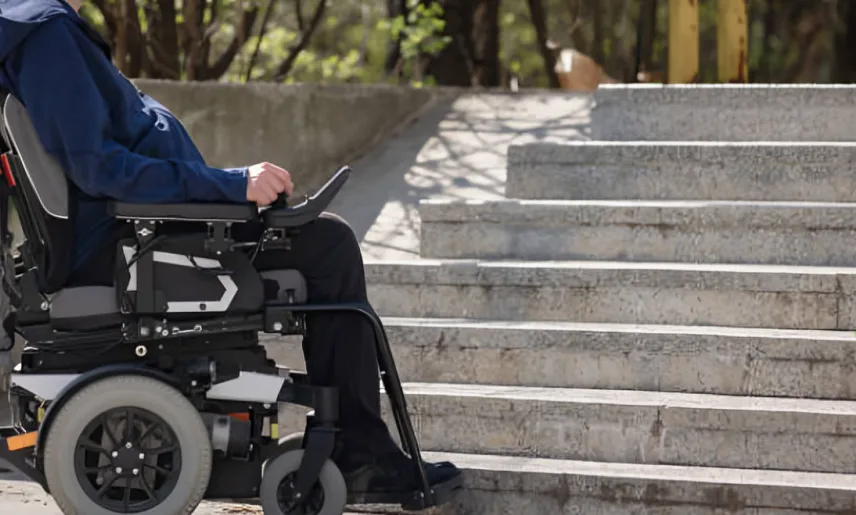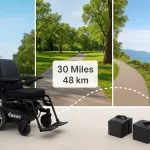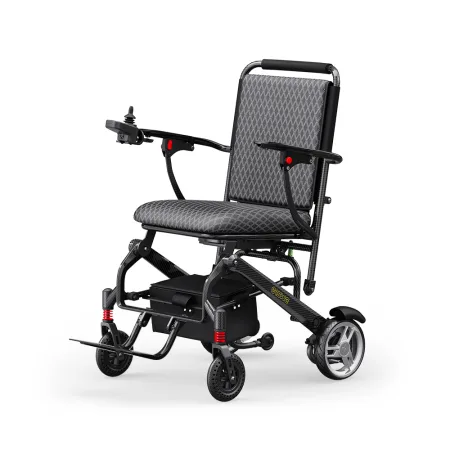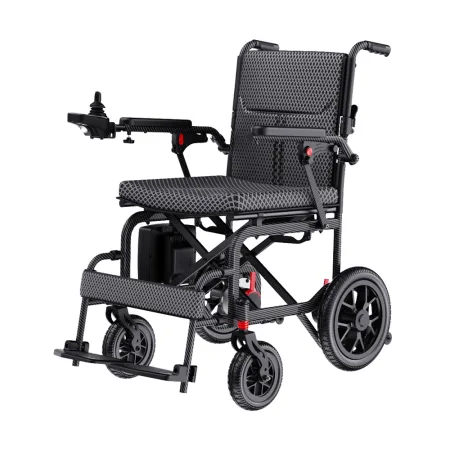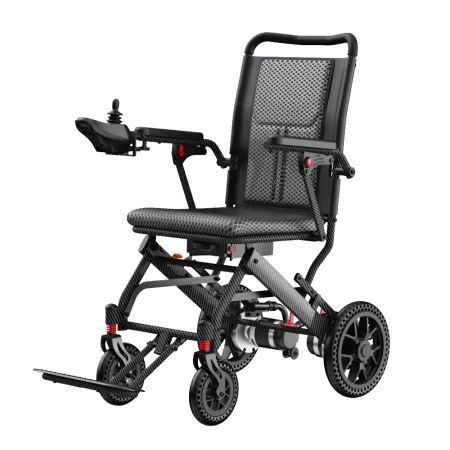Using a wheelchair can be empowering for those with mobility limitations — offering freedom and independence. However, wheelchair users often encounter a variety of physical, social, and emotional challenges in their daily lives. Understanding these barriers is essential to building a more inclusive and accessible world.
1. Inaccessible Infrastructure
One of the most common issues is the lack of accessible public spaces. Despite legal requirements like the Americans with Disabilities Act (ADA), many places still have:
- Stairs without ramps or elevators
- Narrow doorways
- Uneven sidewalks or curbs without cuts
- Inaccessible public transportation
These obstacles can make it difficult — or even impossible — for wheelchair users to enter buildings, use facilities, or travel independently.
2. Transportation Limitations
While some public transit systems are wheelchair-accessible, others are not. Even when accessible options exist, problems like malfunctioning elevators, limited space, or long wait times can make transportation frustrating. Many wheelchair users rely on specialized vans or ride services, which may not always be affordable or available.
3. Social Barriers and Stigma
Wheelchair users often face negative assumptions or discrimination. These may include:
- Being treated as “invisible” or spoken to through a caregiver
- People assuming they are mentally disabled
- Being underestimated in job opportunities or social settings
This social stigma can impact confidence and mental health, leading to isolation or exclusion.
4. Limited Access to Employment
Finding a job can be significantly harder for people who use wheelchairs. Some challenges include:
- Inaccessible workplaces
- Employers’ misconceptions about productivity or accommodations
- Lack of flexible work policies or remote options
5. Financial Burden
Wheelchairs, especially powered ones, are expensive. In addition to the cost of the chair itself, users often need:
- Home modifications (ramps, wider doors)
- Vehicle adaptations
- Ongoing maintenance and repairs
- Medical care or therapy
Even with insurance, the out-of-pocket expenses can be overwhelming.
6. Difficulty Navigating Crowds
Crowded places like malls, concerts, or festivals can be hard to navigate in a wheelchair. Lack of space, impatient people, or poor crowd control often leave users feeling overwhelmed or unsafe.
7. Emotional and Mental Health Challenges
All of these physical and social difficulties can take a toll on mental well-being. Many wheelchair users experience:
- Anxiety about leaving the house
- Frustration with constant barriers
- Depression due to isolation or loss of independence
It’s important to recognize these feelings and seek community support, counseling, or peer groups when needed.
Conclusion
While wheelchairs enable mobility, they don’t eliminate the systemic and social barriers that many users face. By increasing public awareness, improving infrastructure, and promoting inclusion, we can help create a world where people who use wheelchairs live with dignity, independence, and equal opportunity.

















